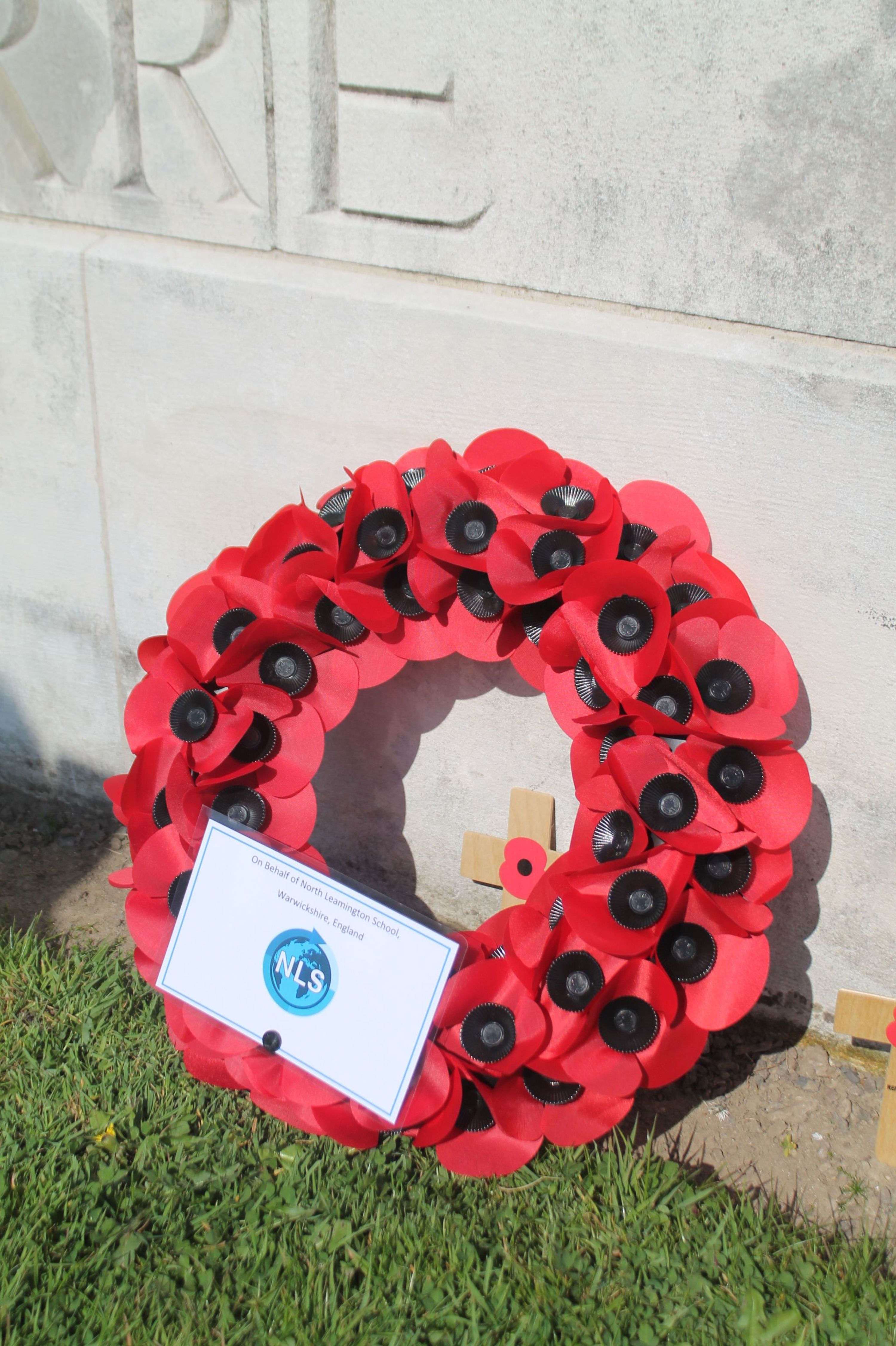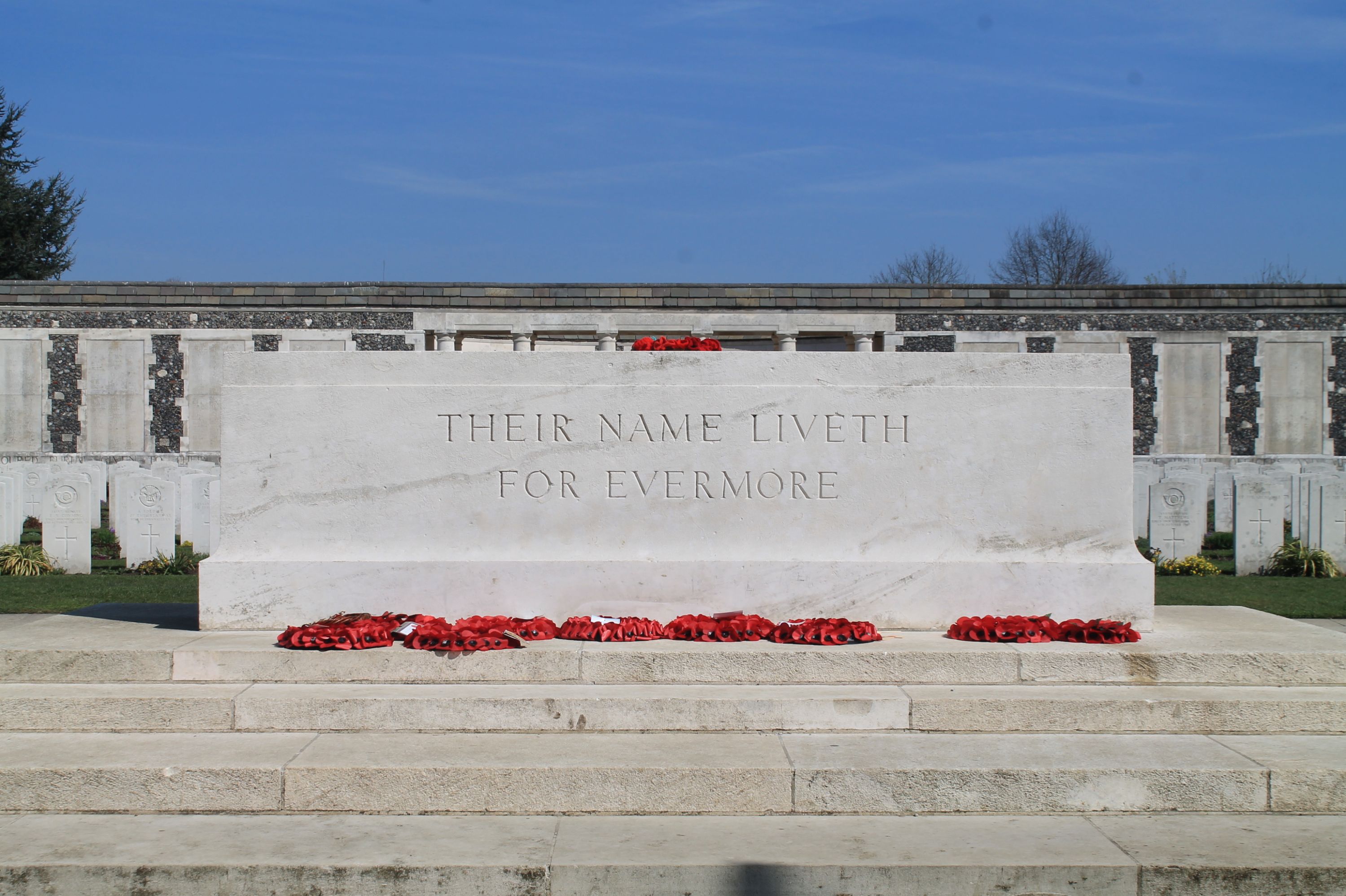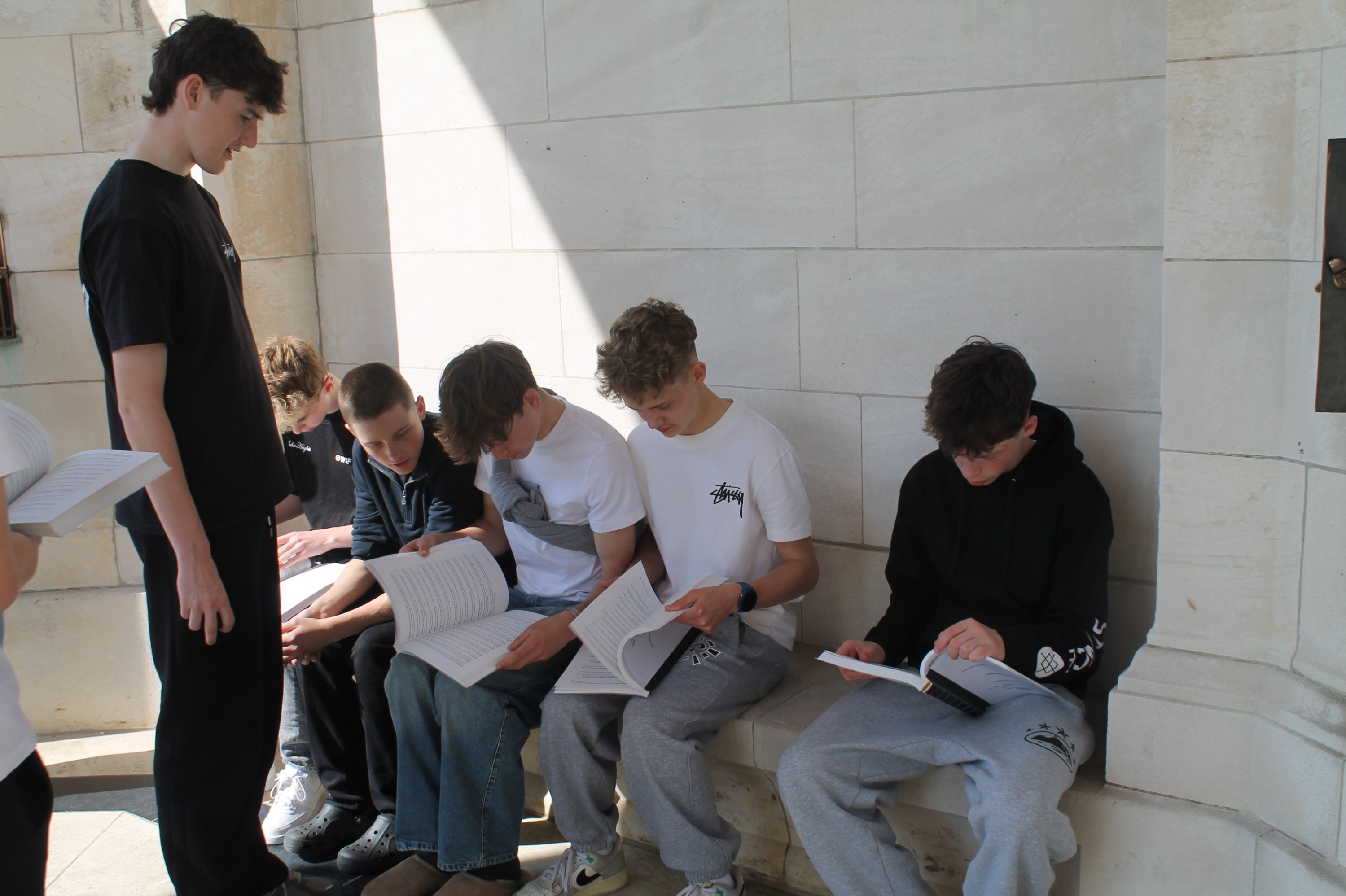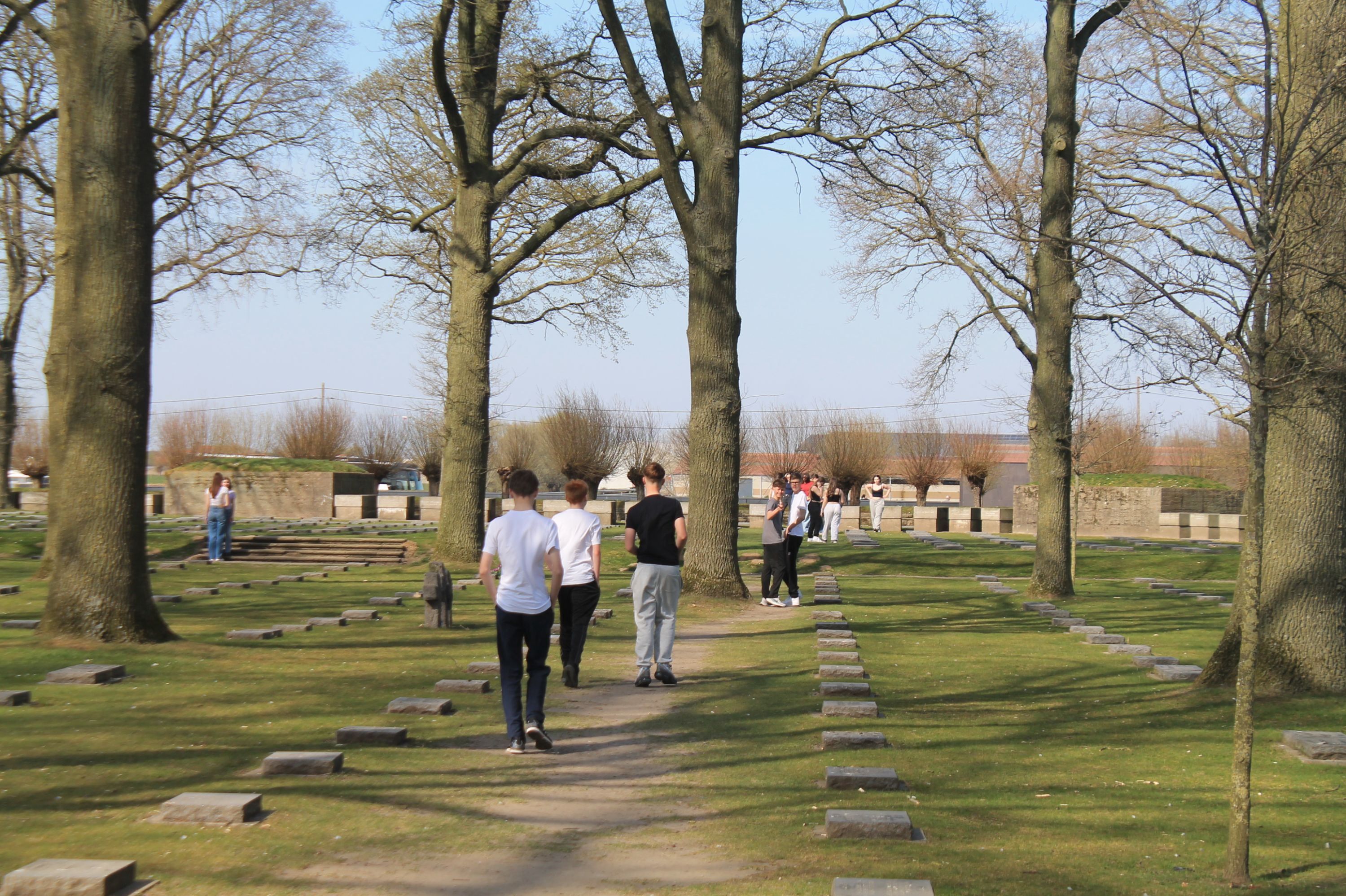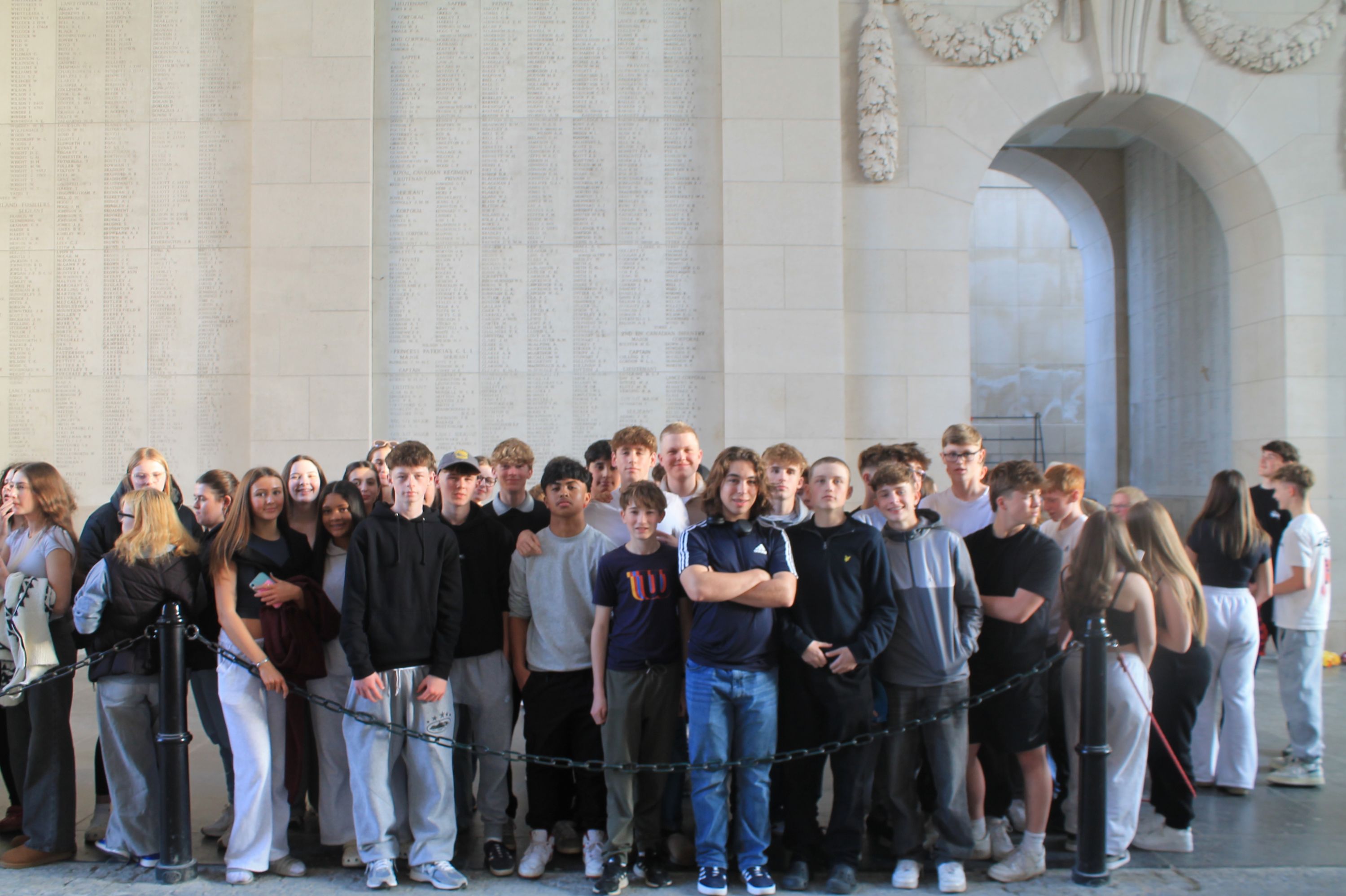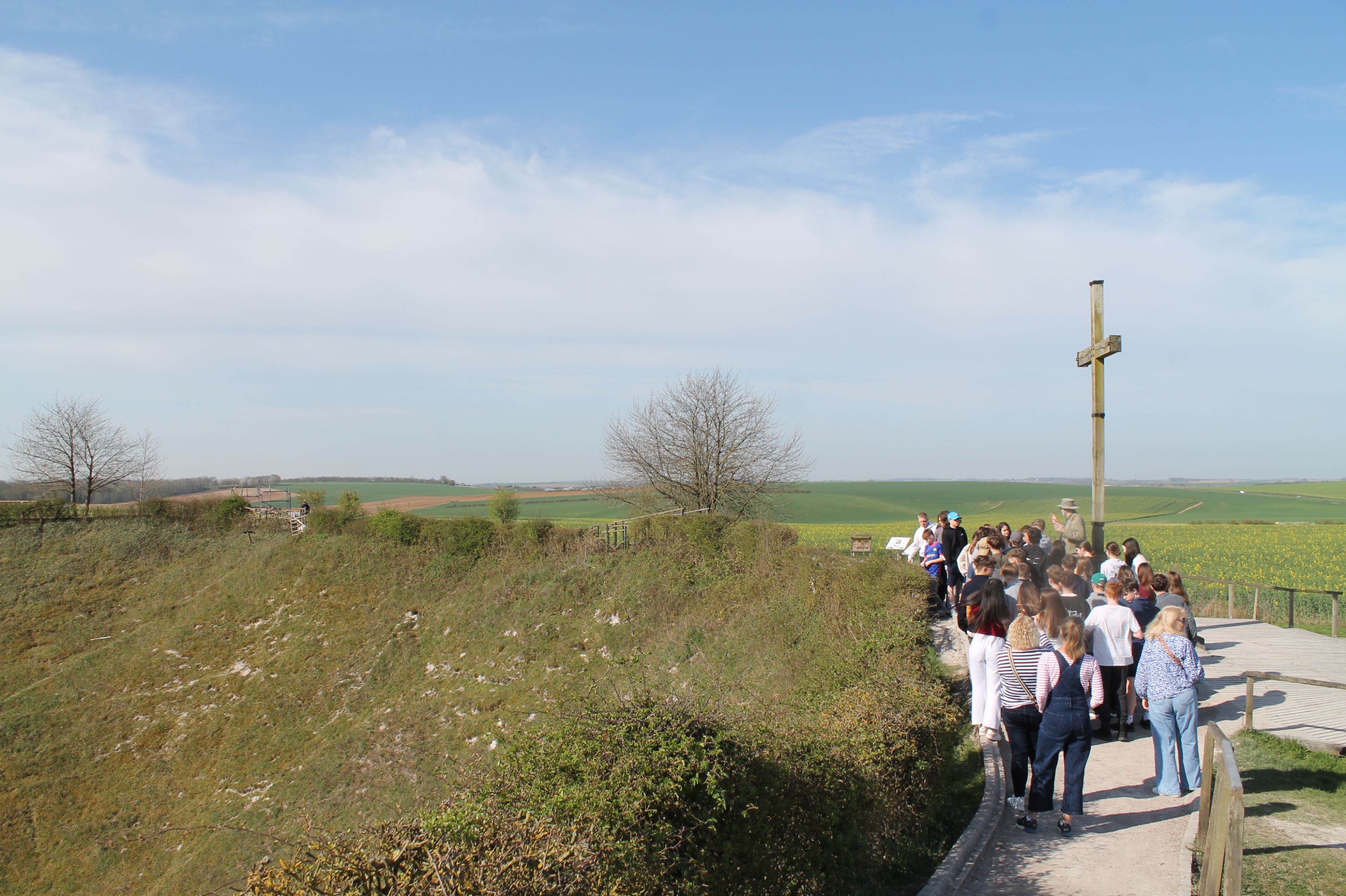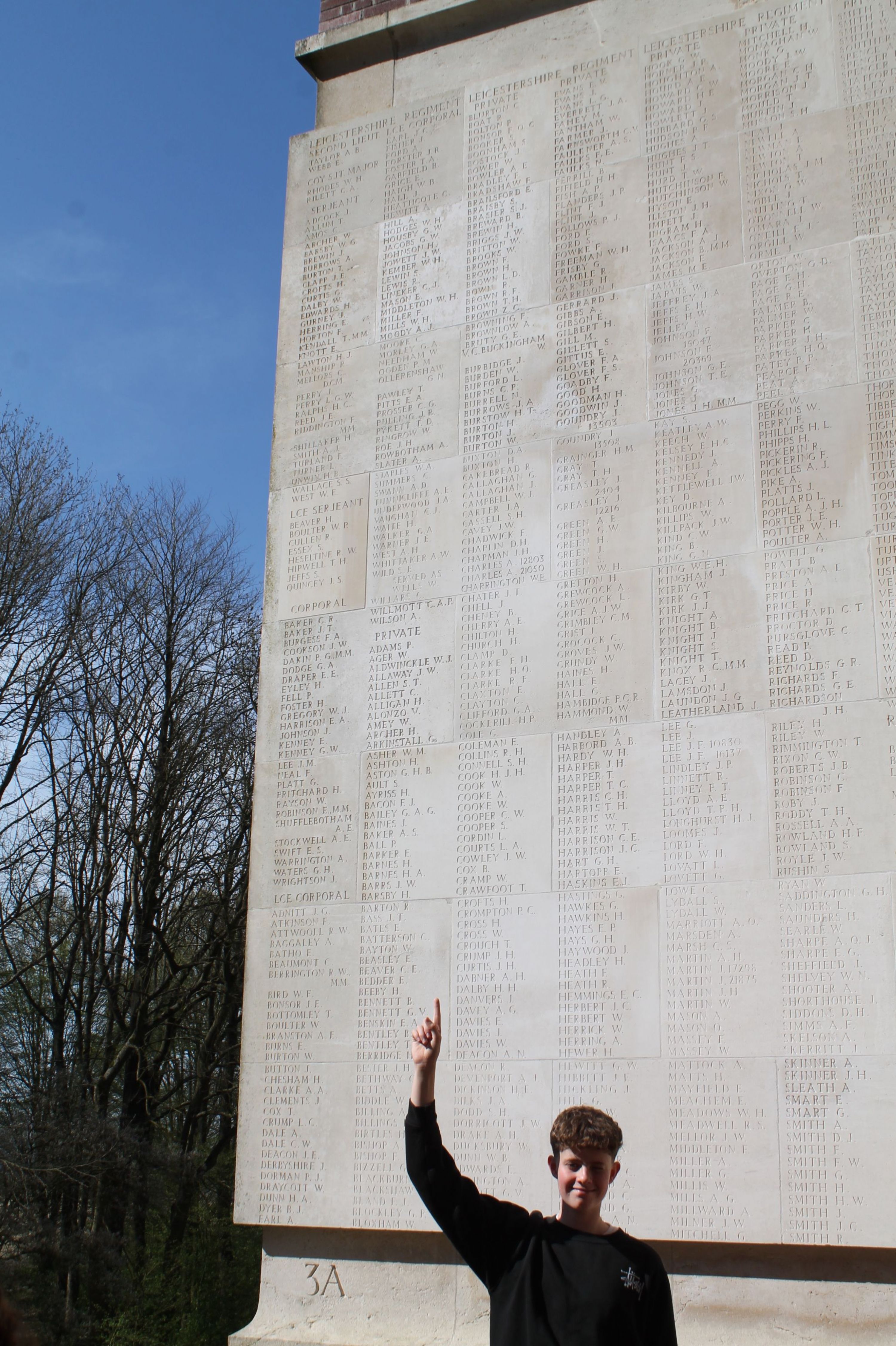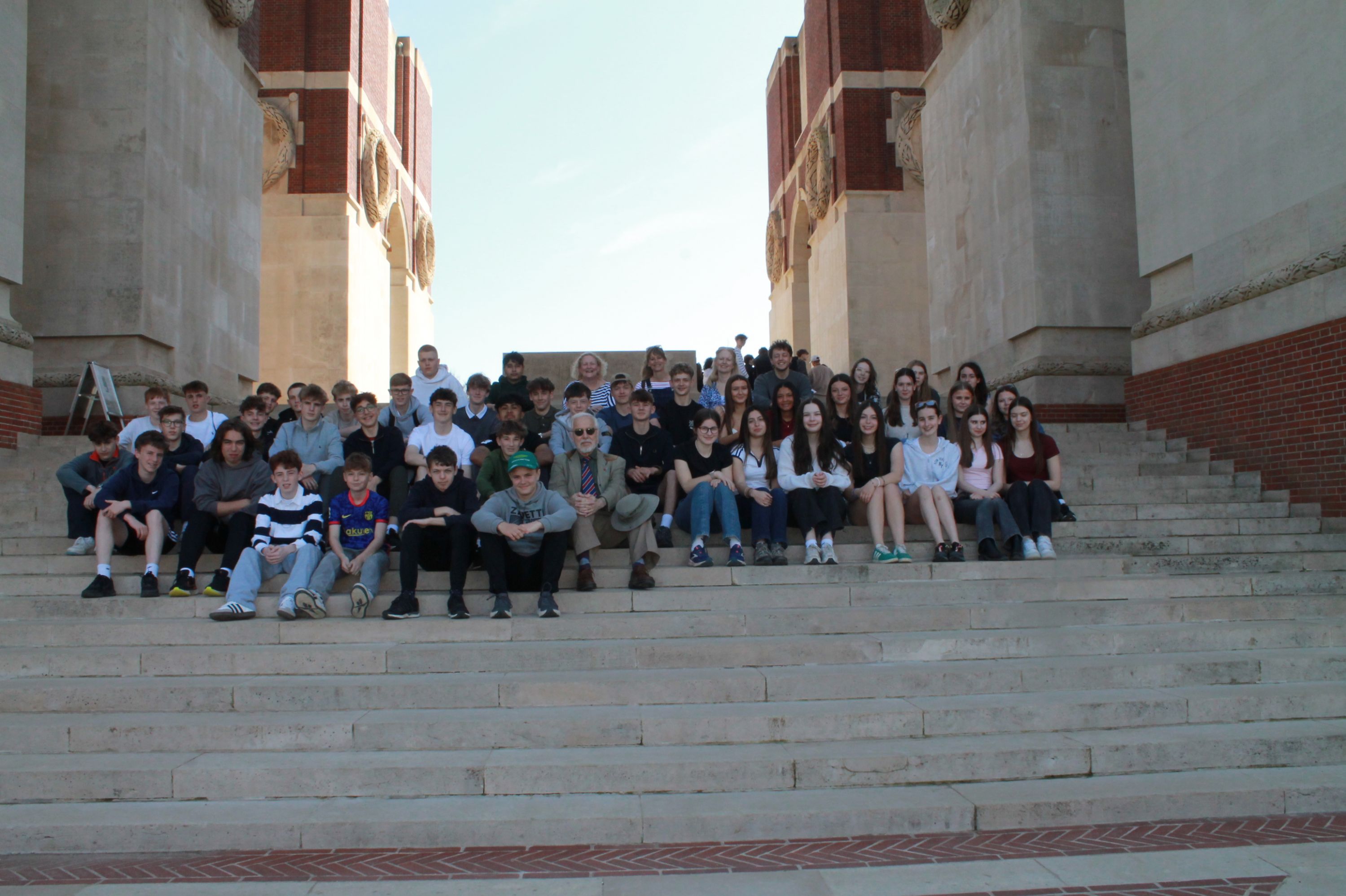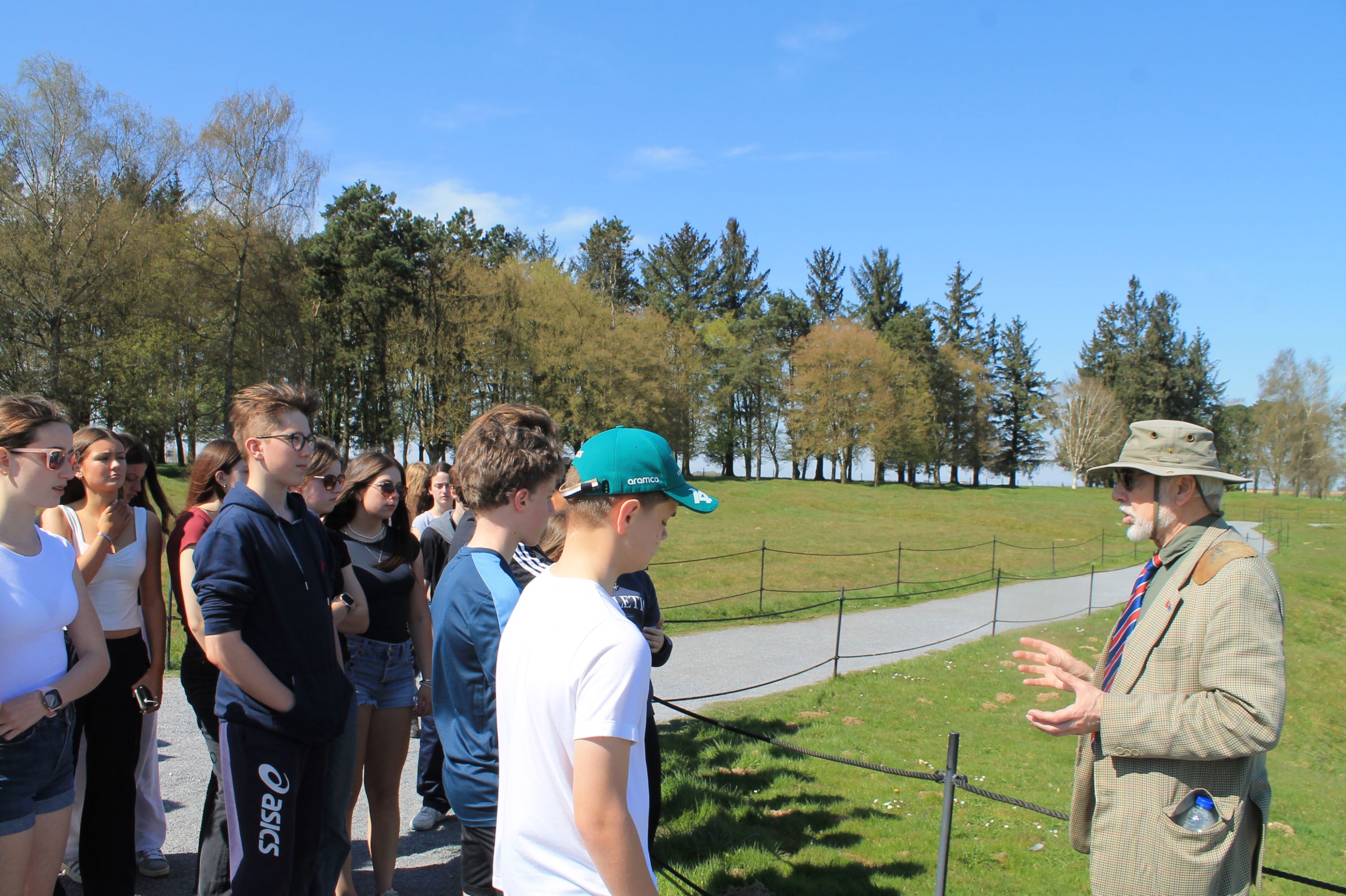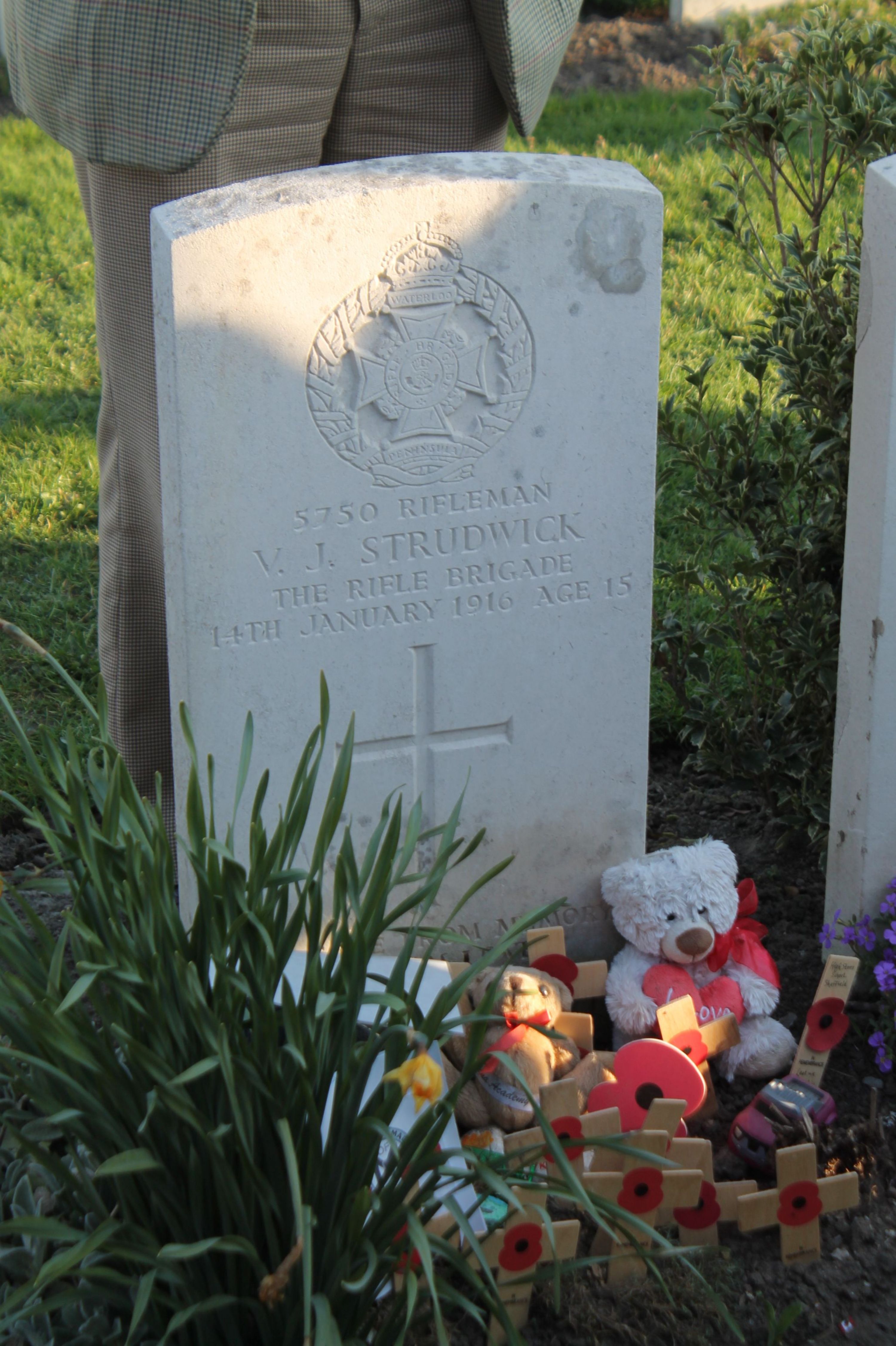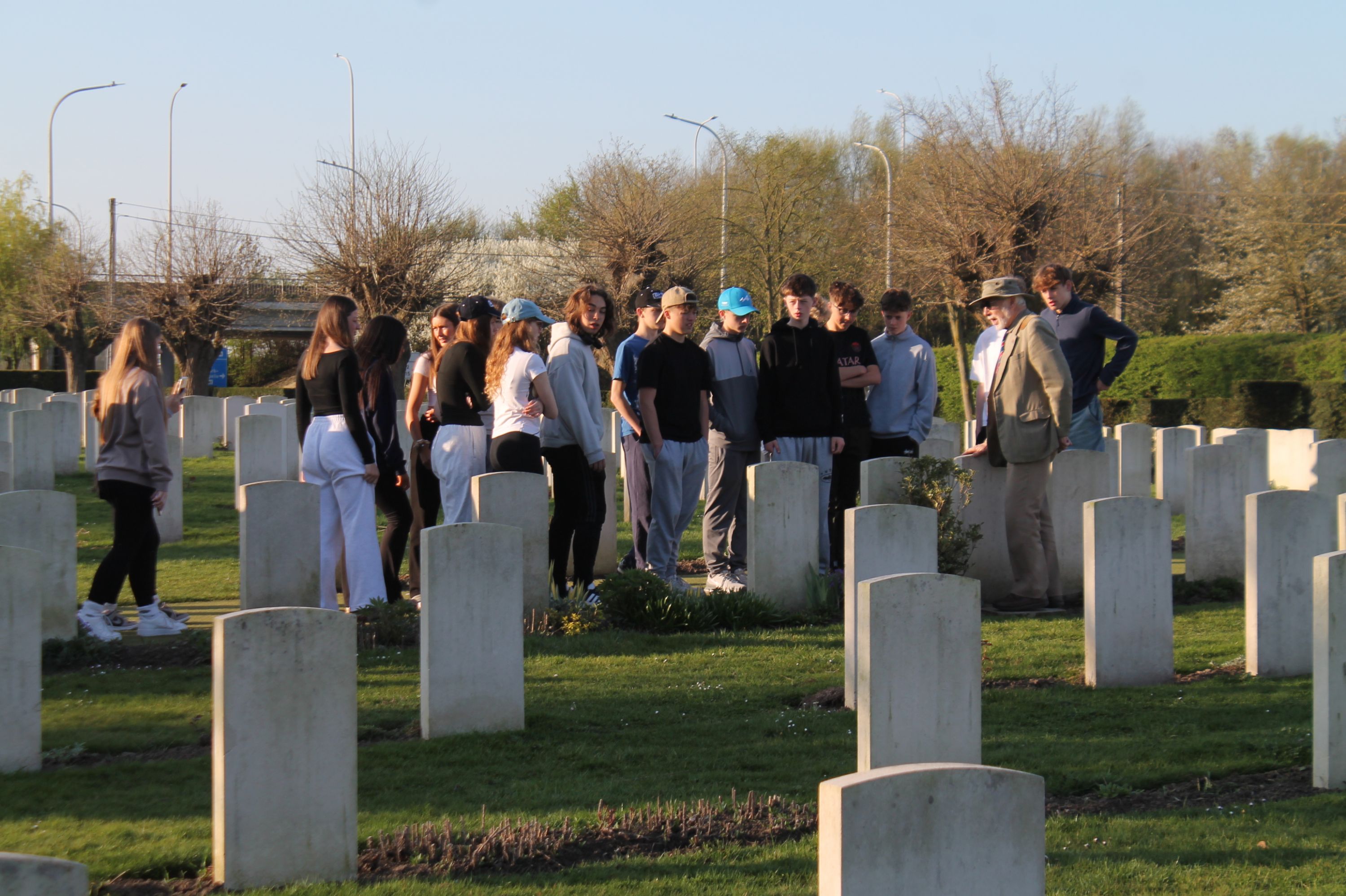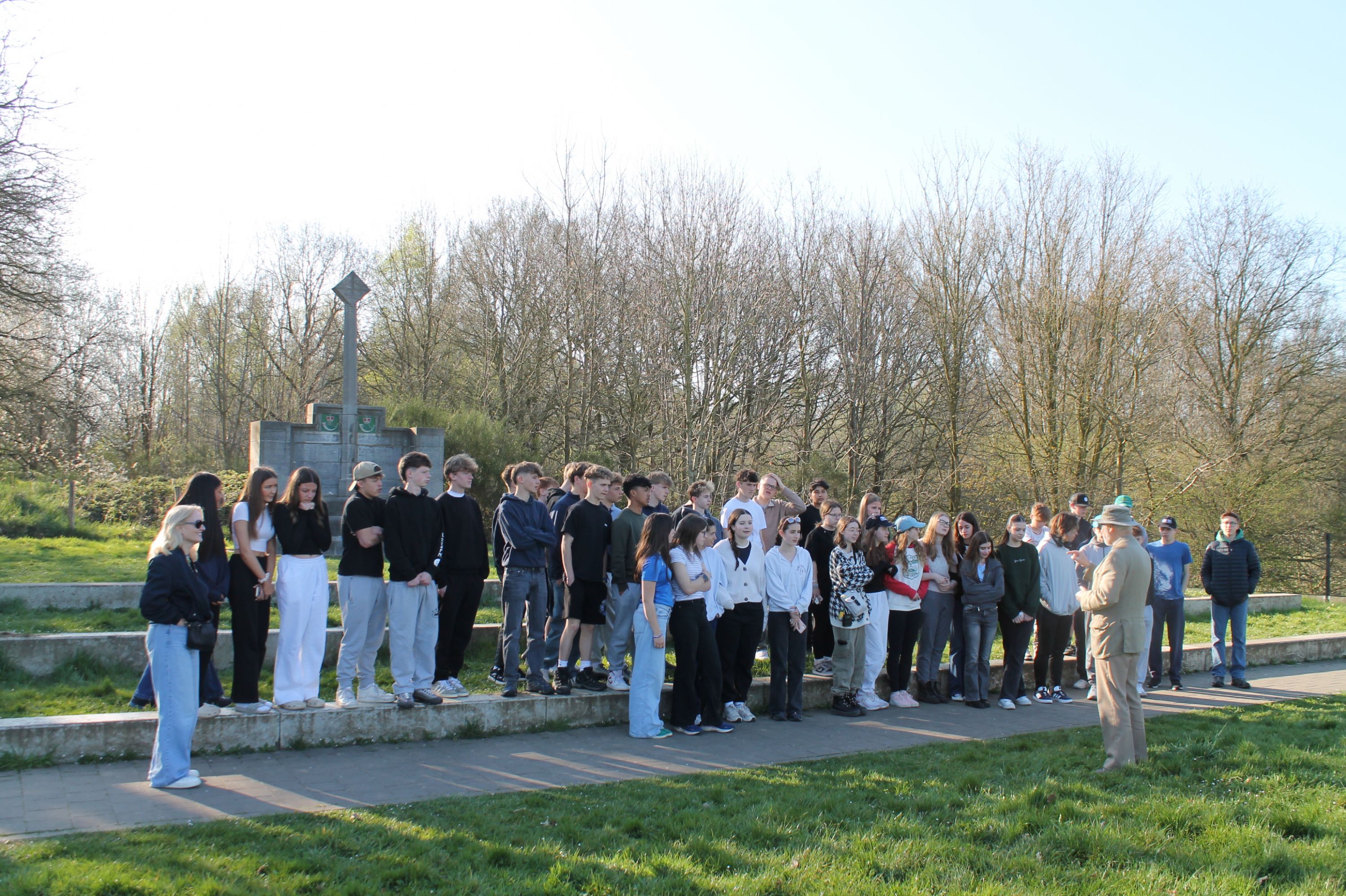Year 10 Battlefields Trip
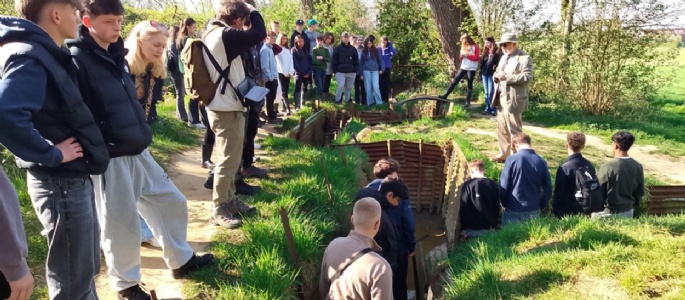
On 3 April , 45 Year 10 students, and four staff members, set off for a three-day tour of the Battlefields of World War 1, mainly with a focus of visiting sites that were related to the medicine in the historic environment section of Paper 1 of the History GCSE.
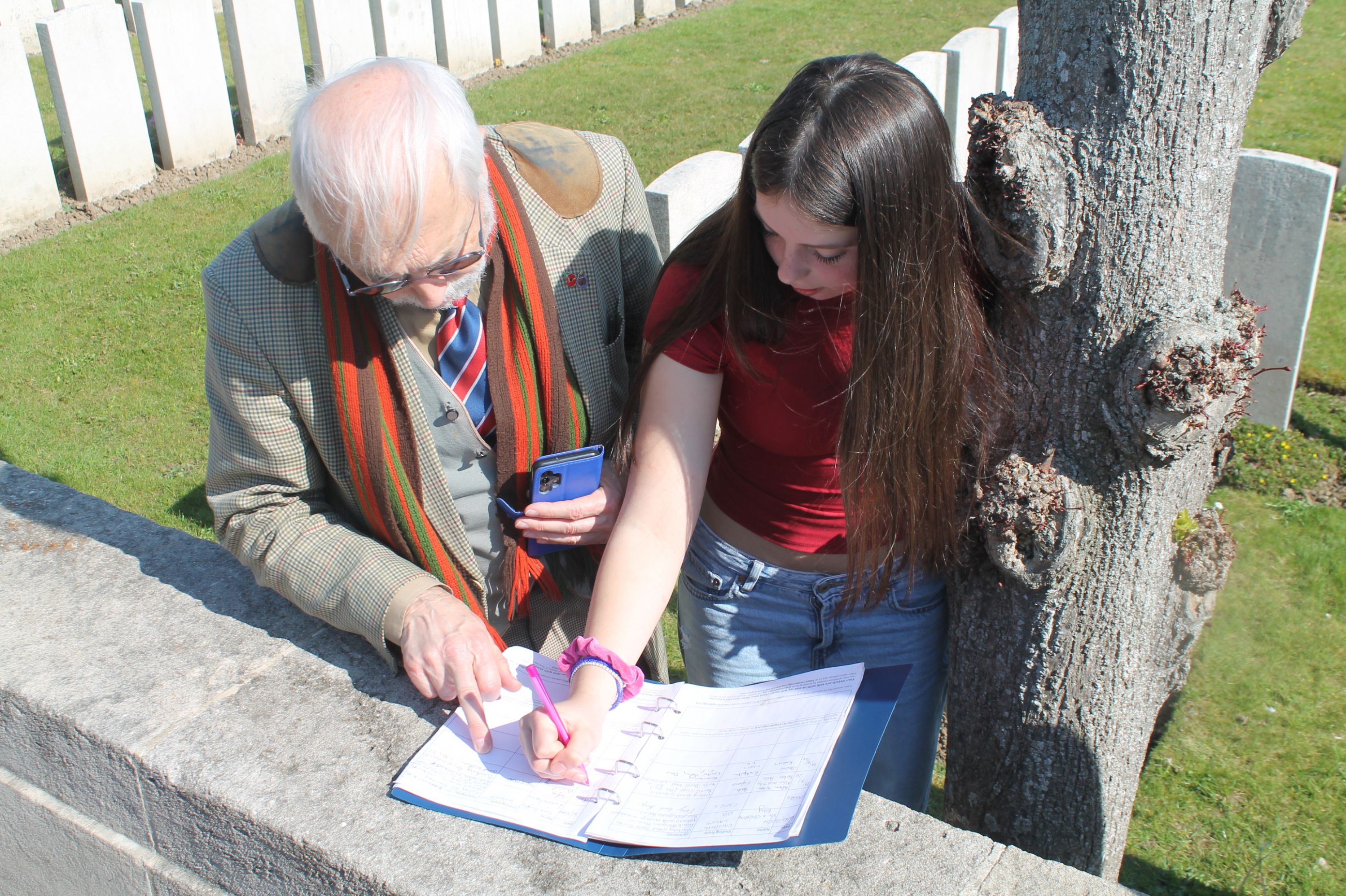
En route to Ypres we were able to visit the graves of two relatives of our Year 10 students in France.
The first was the grave of a member of the RAMC at Lillers, and the second grave was in Chocques.
Both students were delighted to have had the opportunity to do this.
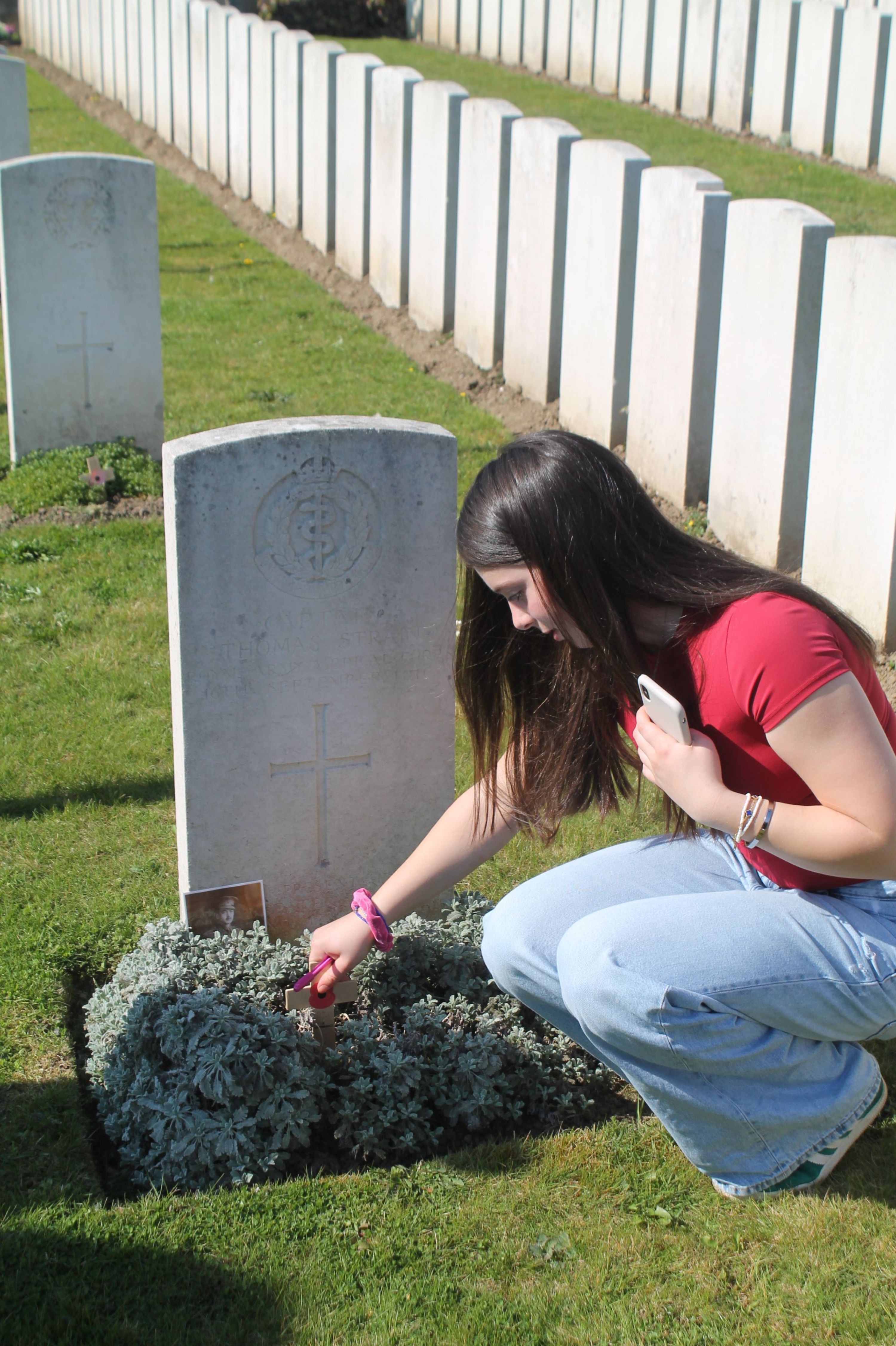
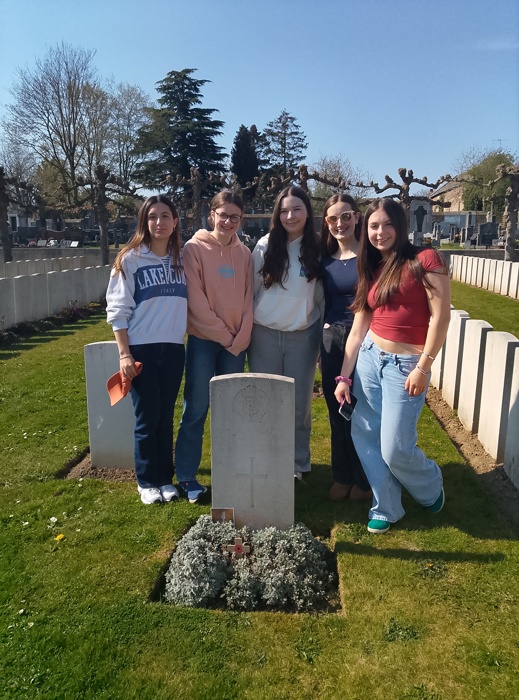
The group then headed to Ypres, where the first visit was to Tyne Cot Cemetery, the largest British Military Cemetery in the world, with the graves of 11,956 soldiers and a memorial which honours the names of 34,888 missing soldiers.
Students laid a wreath here on behalf of NLS to the Rainbow brothers, both of whom are also commemorated on a plaque in the courtyard at NLS.
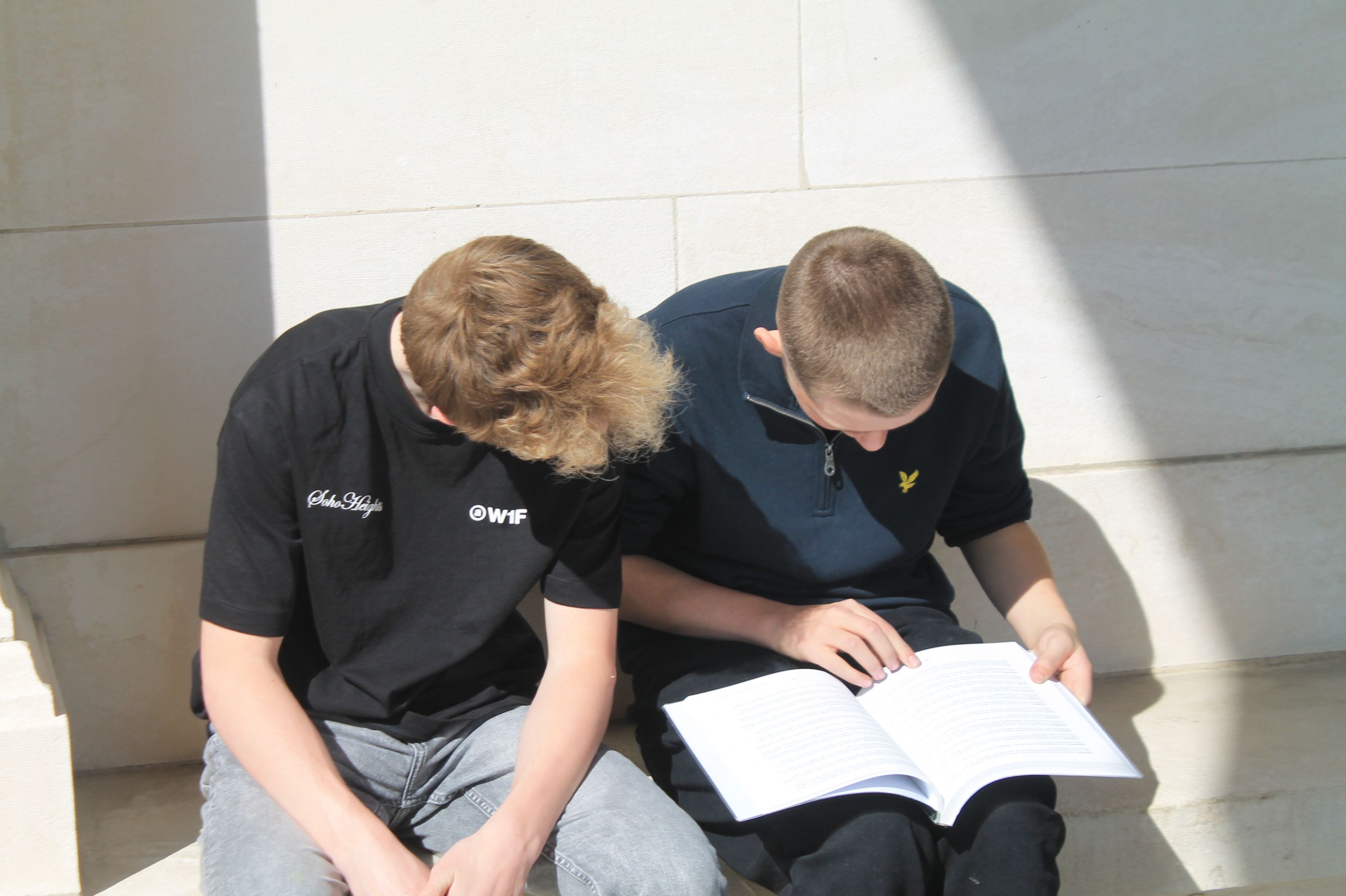
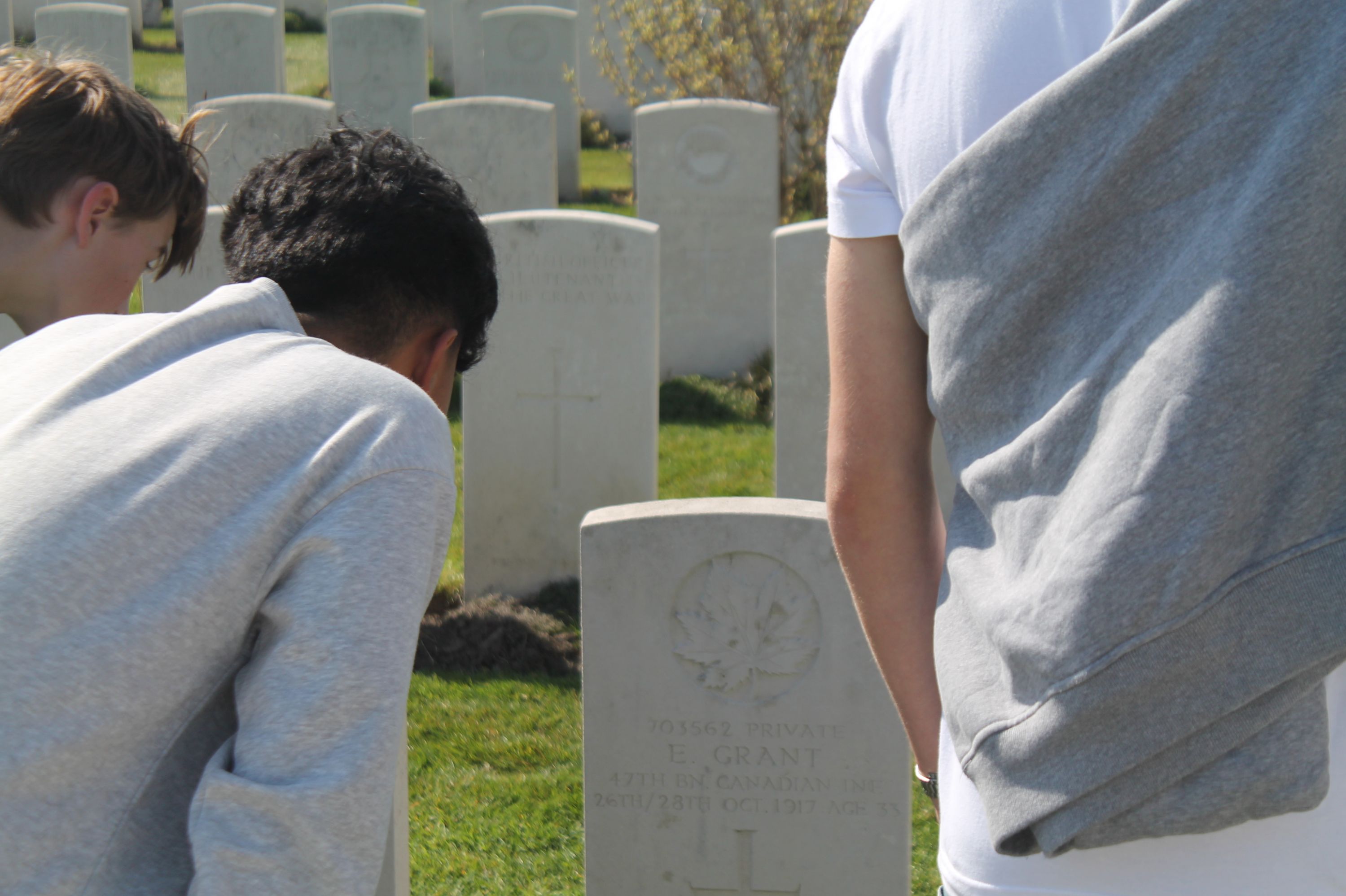
The next stop was the Langemark German Cemetery. This is a very different type of cemetery to the British Commonwealth War Cemeteries.
It is a sombre, foreboding place containing the graves of more than 40,000 German troops, over half of whom lie in a mass grave.
In the late afternoon of day one, the group went into Ypres itself, where the students were able to visit a chocolate shop, which was a very popular visit!
After dinner in a restaurant in the town square, we then attended the Last Post Ceremony at the Menin Gate in Ypres, where three of our students were able to represent the school by laying a wreath to the 54,896 soldiers of the British Empire who have no known grave.
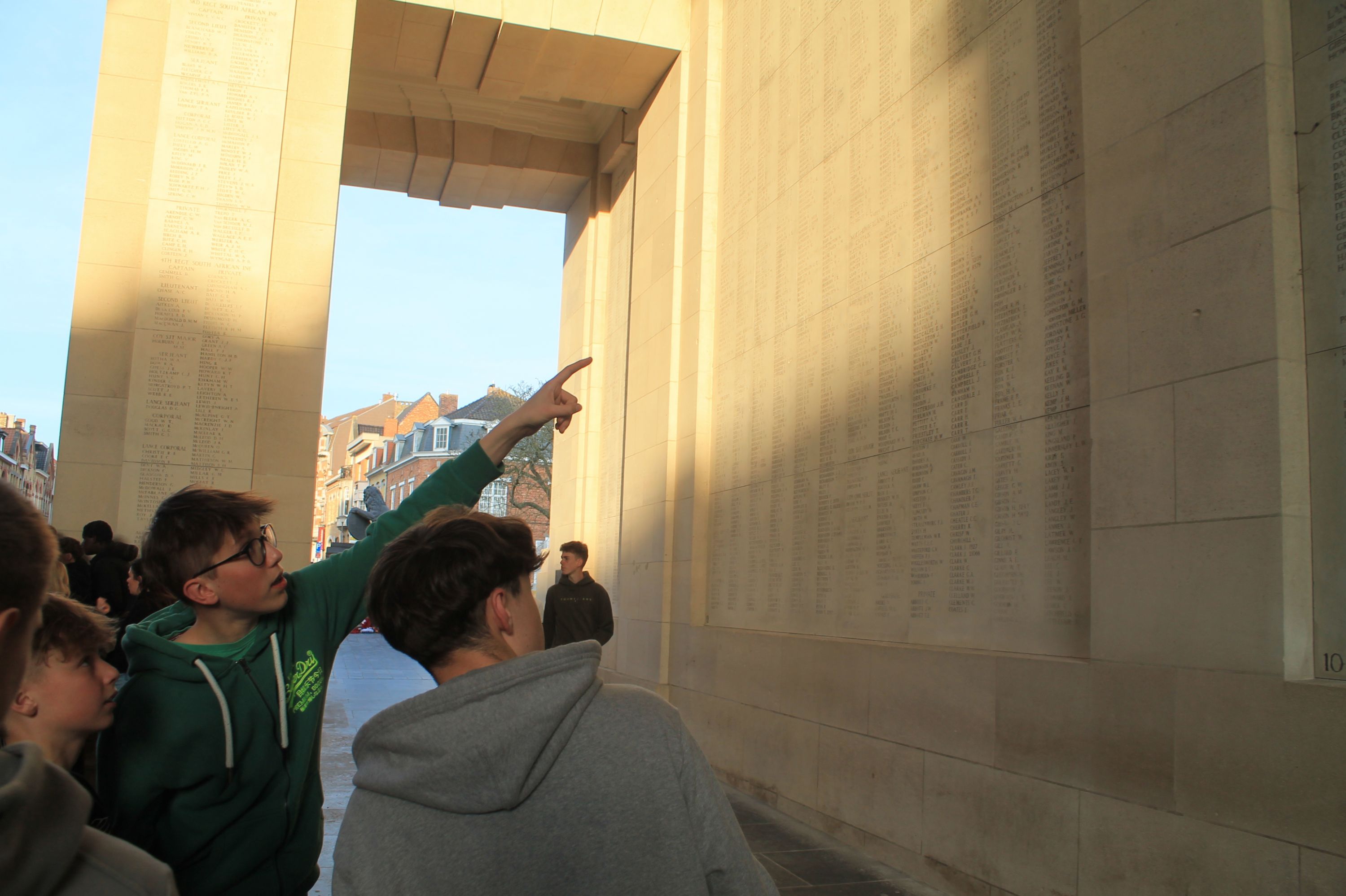
Day two saw the group head into France, to visit the Somme with the first stop at Lochnagar Crater. This crater was created by a large mine detonated beneath the German front line by the British Army’s 179th Tunnelling Company Royal Engineers, at 7:28am on July 1st, 1916. The explosion marked the beginning of the Battle of the Somme and was the largest of 19 mines, placed beneath the German front line to assist the British infantry advance. It is the largest man-made mine crater from the First World War on the Western Front.
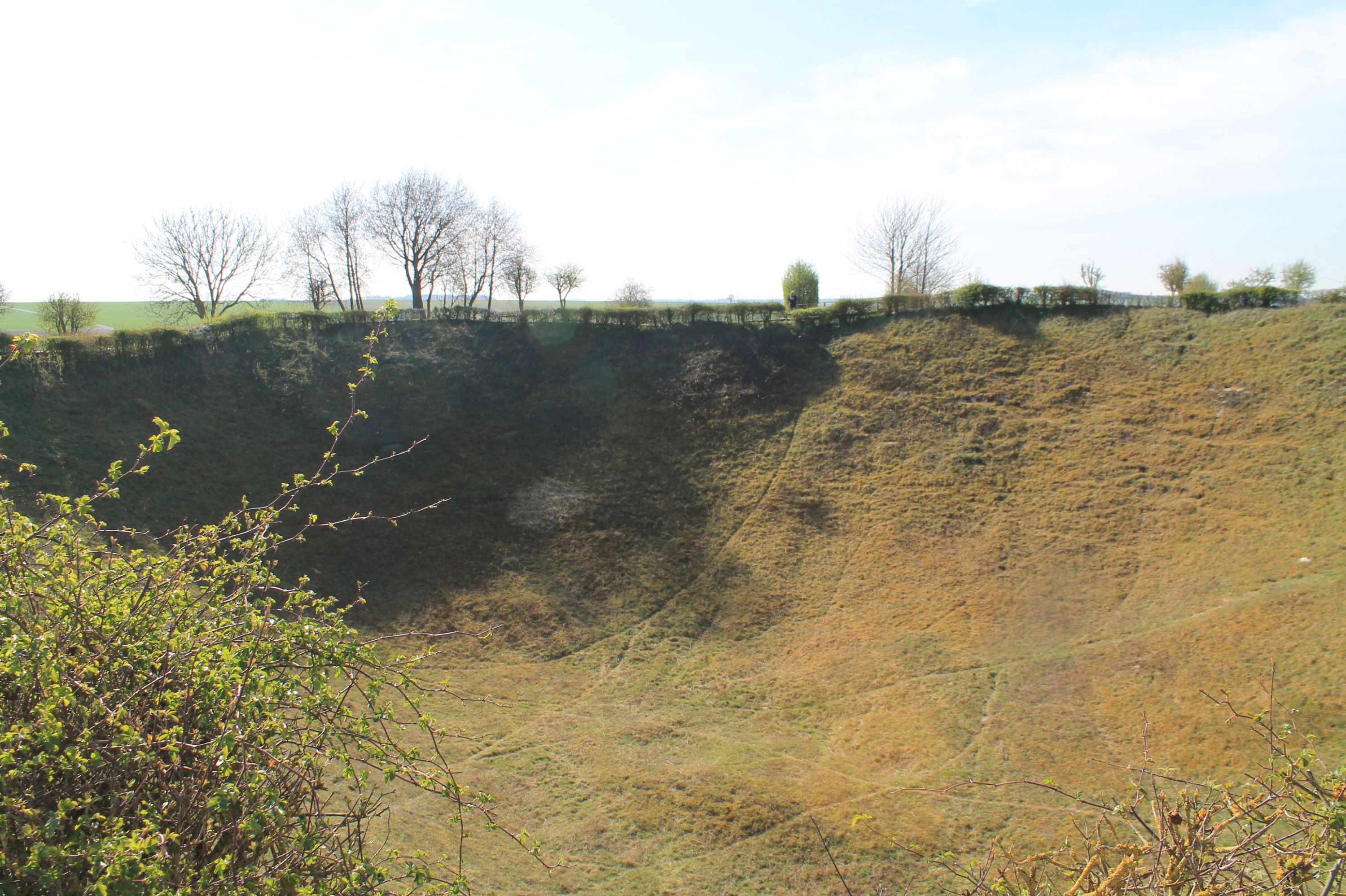
From they headed to the Thiepval Memorial, the Memorial to the Missing of the Somme, which bears the names of more than 72,000 officers and men of the United Kingdom and South African forces who died in the Somme sector before 20 March 1918 and have no known grave. Over 90% of those commemorated died between July and November 1916.
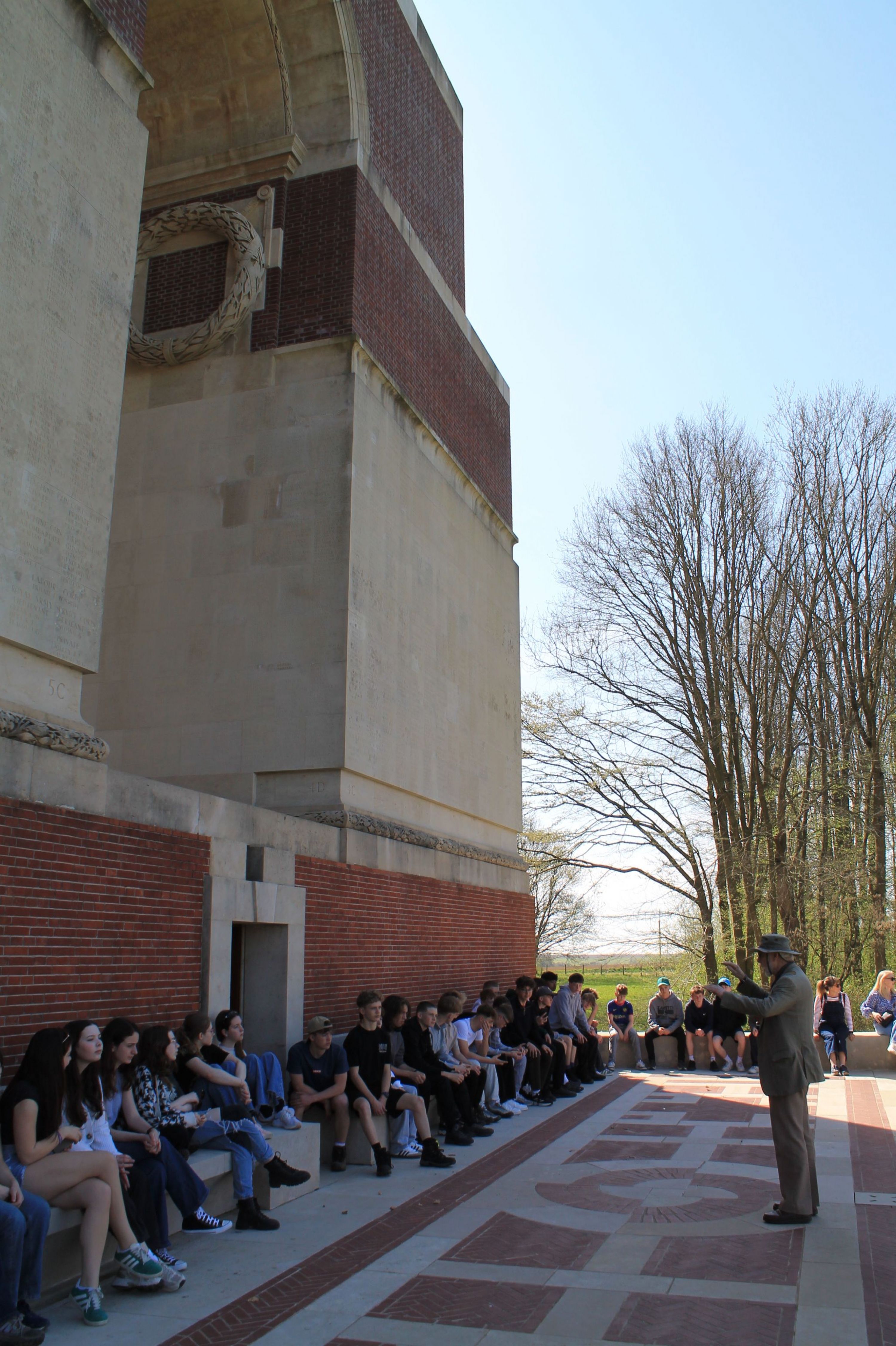
The students also visited Beaumont Hamel, where they were able to walk through the trenches and see for themselves how the front line of the trenches changed during the course of the war.
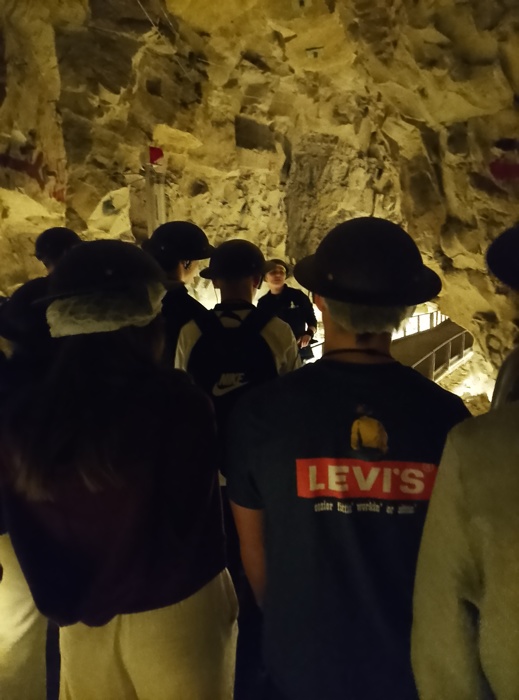
The final stop of the day was the underground tunnels of Arras, which the students really enjoyed.
They were able to go 20 meters underground in a glass lift and spent time touring the tunnels which had been key during the Battle of Arras in 1917.
The final day of our trip was spent in Ypres where we visited Essex Farm Cemetery and Dressing Station.
This is most famous due to its connection with the Canadian poet and physician John McCrae, who wrote the poem ‘In Flanders Field’.
The students were able to see the former British Front Line at the canal and also got to go into the dressing stations inside the bunkers there.

From there, the group went to Hill 60 and Caterpillar Crater, a site of desperate fighting between April and May of 1915, before then visiting Hill 62 and Sanctuary Wood. Wellies were definitely needed at Sanctuary Wood as the trenches are preserved in their original condition with dug outs and tunnels to explore, which the students very much enjoyed.
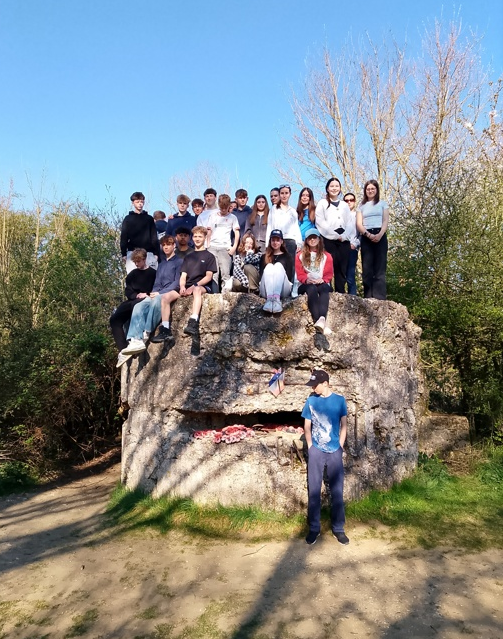
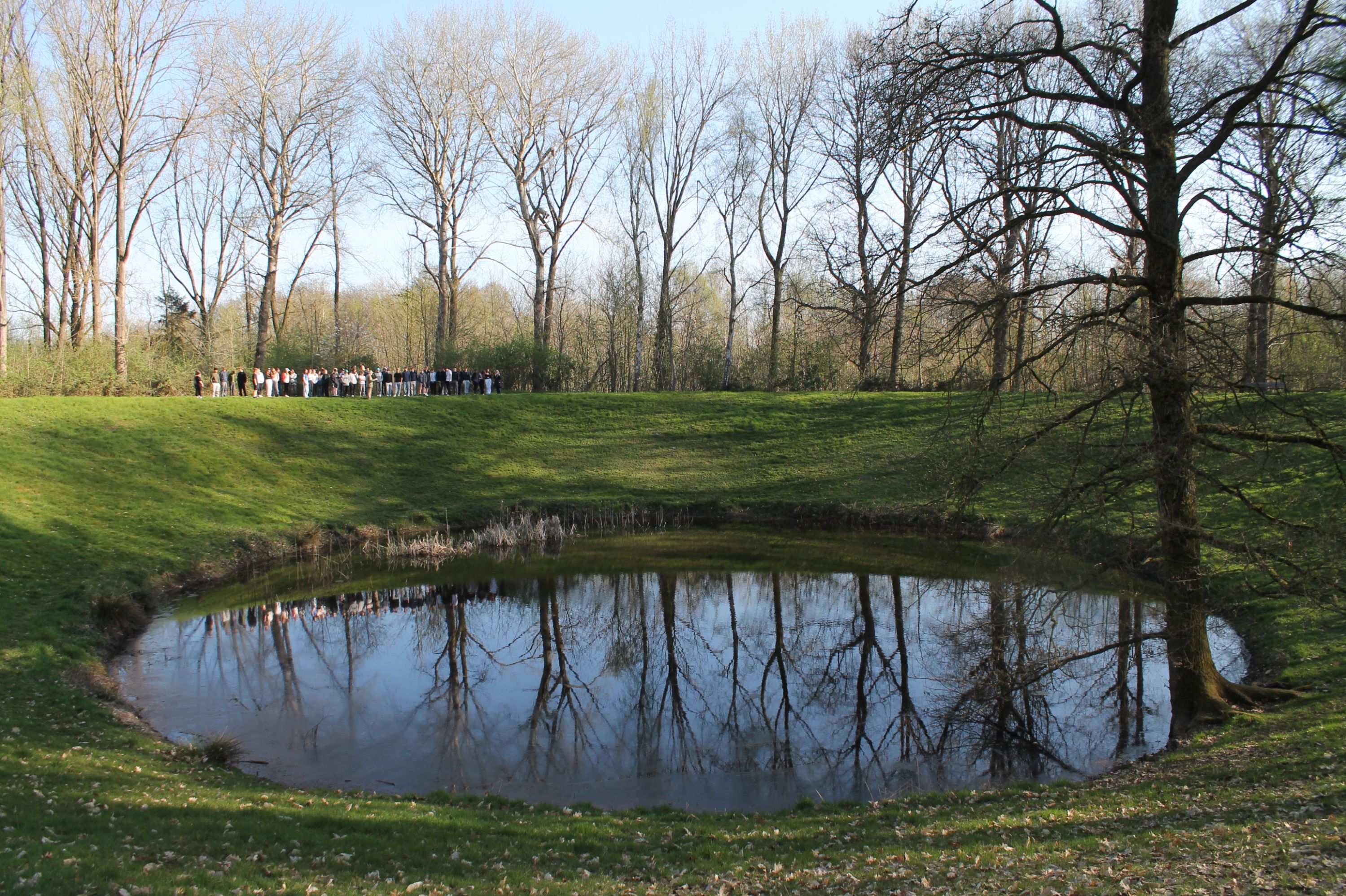
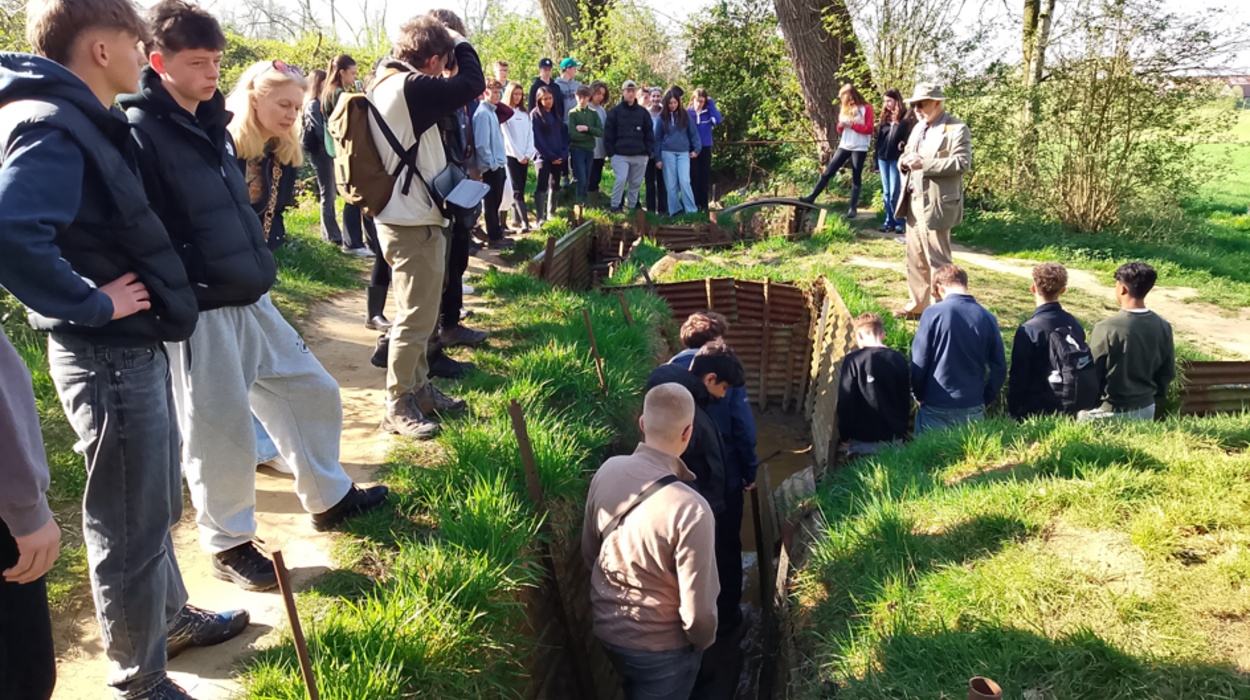
The final visit was to Lijssenthoek Military Cemetery, which is the largest hospital cemetery in the Ypres Salient area, with over 11,000 soldiers buried there. The students were able to lay their own memorial cross at a grave of their choice. Many of the students used the cemetery register to find a soldier that shared their surname or birthday. Throughout the trip we were led by a brilliant guide, Alan, whose passion and great knowledge inspired the students.
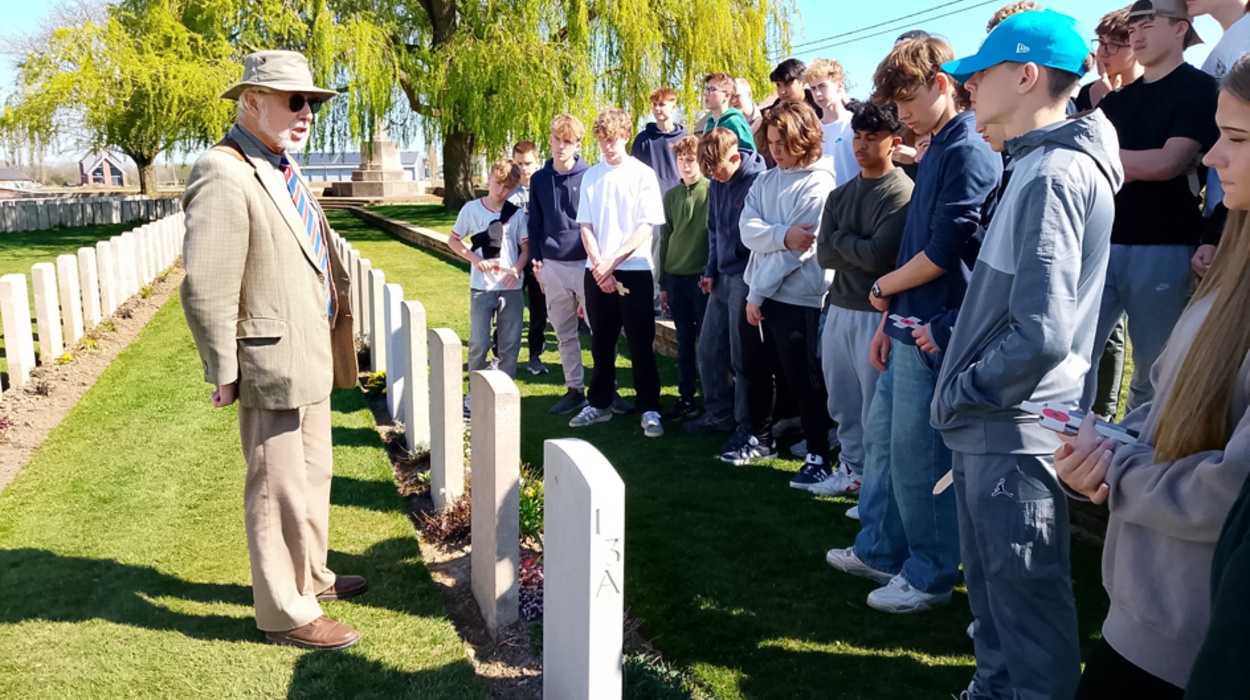
All the students and staff enjoyed the trip immensely and felt that it had brought what they had been studying in class to life.


